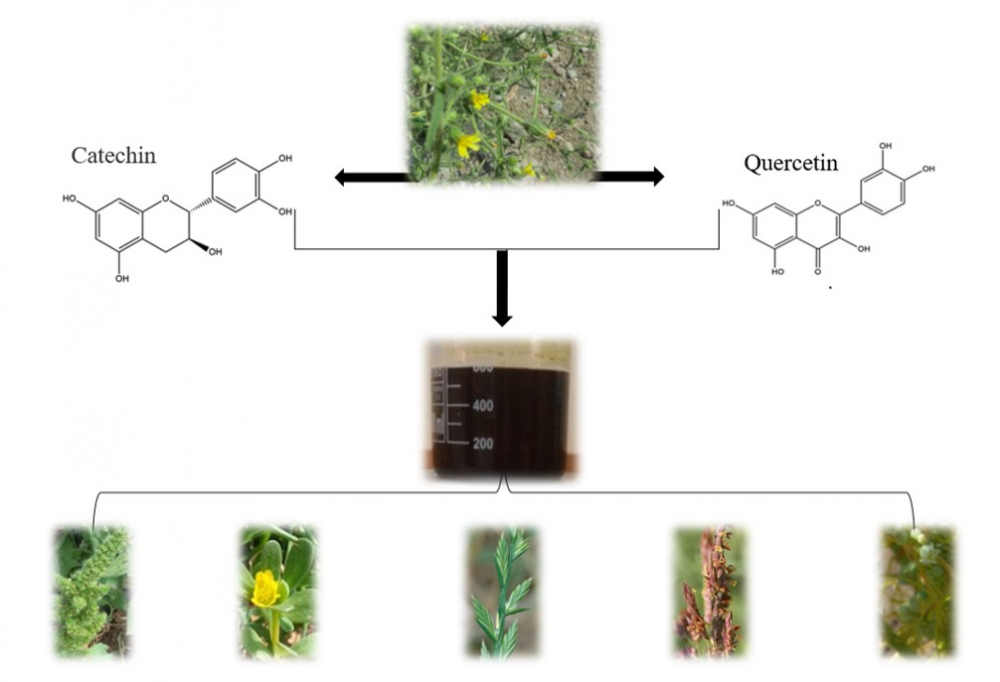JOURNAL 2151
Records of Agricultural and Food Chemistry
Year: 2021 Issue: 1-2 January-December
p.3 - 11
Viewed 2286 times.
GRAPHICAL ABSTRACT

ABSTRACT
The experiment was implemented by CRD design with three replications and lasted for 40 days, from 5 October until 15 November 2020. Four extract concentrations of D. graveolens 0, 2, 6, and 10% were used. The concentration of 0% was considered as control. The allelopathic effect has been studied on five weed species; Amaranthus retroflexus L., Portulaca oleracea L., Lolium multiflorum Lam., Sorghum halepense L., and Cuscuta campestris Yunck. The research also aimed to determine the effect of Stinkwort extract on the growth of tomato seedlings. All concentrations affected seed germination for all studied weeds. The concentration of 10% was more influential in growth-related indicators compared to other concentrations. The seeds of L. multiflorum and rhizomes of S. halepense were more tolerant to D. graveolens allelochemicals in germination rate than A. retroflexus, P. oleracea, and C. campestris. All concentrations led to a reduction in the weed heights and the wet and dry weights compared with the controls. The effect of the extract with various concentrations was catalytic for the growth of tomato seedlings, as the average height of tomato seedlings was in direct proportion to the concentration.
KEYWORDS- Allelochemicals
- weeds
- seeds
- rhizomes
- concentration